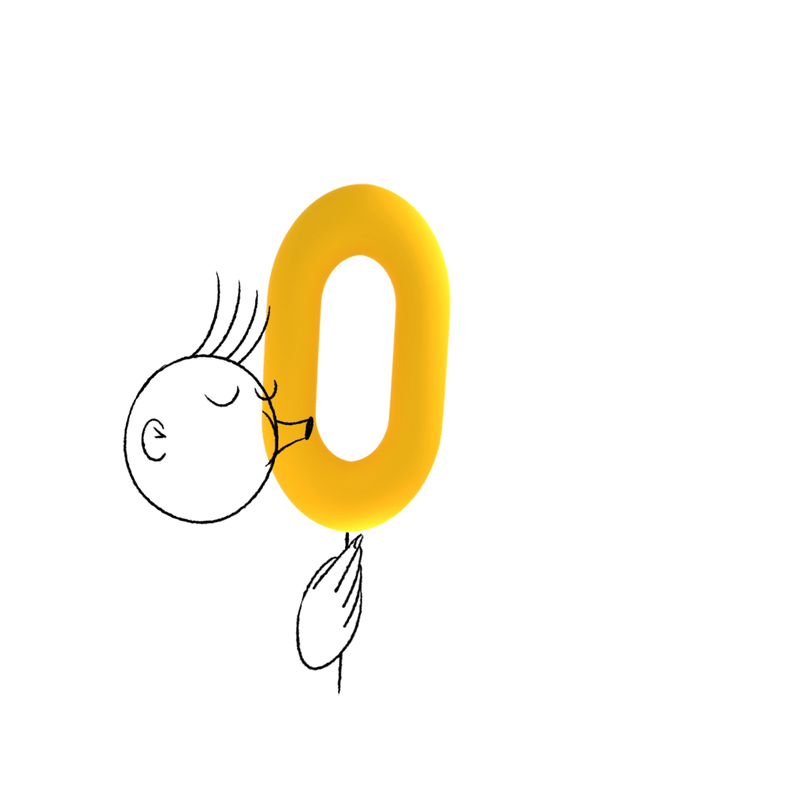Unlocking the Power of Visual Thinking Strategies
Discover the immense potential of visual thinking strategies and how they can transform your problem-solving and creative thinking abilities. So...
What is visual thinking?
Perhaps unsurprisingly, we thought it might be best to explain visual thinking VISUALLY... Take a look:
But, for the readers amongst us:
Visual thinking is a cognitive process that involves using mental or literal imagery and spatial reasoning to articulate and understand concepts. It utilises the visual cortex of the brain and - when done right! - can be a hugely powerful tool for problem-solving, creativity, and communication.
Visual thinking helps individuals to organise and process information more effectively. It allows us to make connections between different concepts and ideas, leading to a deeper understanding of complex problems. By visualising information, we can identify patterns, spot trends, and generate new insights that might not be apparent through traditional linear thinking.
In addition to problem-solving, visual thinking can also enhance creative thinking. By visualising concepts and ideas, we can explore different possibilities and generate innovative solutions. Visual thinking can unlock our imagination and help us think "outside the box".
Overall, visual thinking is a valuable skill that can be applied in various setting, such as business, education, design, and more. It can help us approach problems from different perspectives, communicate ideas more effectively, and unleash our creative potential.
Benefits of visual thinking strategies at work
Our years of experience have shown us that the applications for visual thinking at work are endless. It's not an exaggeration to say that after almost 15 years in business, we are still having conversations with clients every day where we uncover a new problem or challenge that we can address visually.
"There are so many benefits to incorporating visual thinking into your ways of working. Better communication, stronger collaboration, more creative problem-solving, deeper understanding, greater alignment, simpler processes, greater efficiency... honestly, the list goes on."
Chris Wilson, Scriberia
One of the key benefits of visual thinking strategies is improved communication. Visuals can often convey complex information more succinctly and clearly than words alone.
Visual thinking strategies can also enhance brainstorming and problem-solving sessions. By visualising ideas and concepts, teams can generate more diverse and innovative solutions. Visuals can stimulate creativity and help individuals think beyond traditional boundaries.
Furthermore, visual thinking strategies can improve memory retention and recall. Studies have shown that visuals are processed more easily and remembered for longer periods compared to text alone. By using visual aids in training or presentations, organizations can enhance learning and knowledge retention. Visual thinking can help with:
Visual thinking can help with:
-
collaboration
-
communication
-
creative problem-solving
-
prioritisation
-
efficiency
-
alignment
-
clarity
-
recall
By incorporating visual elements into everyday processes, organisations can unlock the full potential of their teams and drive innovation.
How can visual thinking aid problem solving?
Visual thinking strategies can be highly effective in problem-solving scenarios. By visualising problems, individuals can gain a new perspective and identify potential solutions that may not be immediately obvious.
One way to apply visual thinking strategies in problem solving is through mind mapping. Mind maps are visual representations that capture ideas and their relationships. By creating a mind map of a problem, individuals can visually explore different aspects and potential solutions. Mind maps allow for non-linear thinking and can help individuals see connections and patterns that may have been overlooked.
Another visual thinking strategy that can be applied in problem solving is the use of diagrams and flowcharts. These visual tools can help individuals break down complex problems into manageable steps and visualize the flow of information or actions. By mapping out the problem visually, individuals can identify bottlenecks, dependencies, and potential areas for improvement.
Visual thinking strategies can also be applied in problem-solving discussions or meetings. By using visual aids such as whiteboards, sticky notes, or digital collaboration tools, teams can visually represent and manipulate ideas, facilitating a more interactive and dynamic problem-solving process.
Enhancing creative thinking with visual thinking
Visual thinking strategies can greatly enhance creative thinking by providing a visual framework for generating and exploring ideas.
One way to enhance creative thinking through visual thinking strategies is by using visual prompts. Visual prompts can be images, photographs, or illustrations that act as stimuli for generating ideas. By looking at a visual prompt, individuals can free associate and generate new connections and associations. Visual prompts can inspire unique and innovative ideas that may not have been generated through verbal or text-based prompts alone.
Another strategy for enhancing creative thinking is through visual storytelling. Visual storytelling involves creating narratives or stories using visual elements such as images, illustrations, or videos. By visually representing ideas and concepts, individuals can engage their imagination and explore different possibilities. Visual storytelling can unlock new perspectives and generate creative solutions.
Visual thinking strategies can also be used to create visual prototypes or mock-ups. By visualizing ideas in a tangible form, individuals can test, iterate, and refine their concepts. Visual prototypes allow for a more hands-on and interactive approach to creative thinking, enabling individuals to explore different design possibilities and refine their ideas.
In conclusion, visual thinking strategies can significantly enhance creative thinking by providing visual stimuli, facilitating storytelling, and enabling hands-on exploration of ideas. By incorporating visual elements into the creative process, individuals can unlock their imagination and generate innovative solutions.
